Biography of Jack Hawkins: personal life and throat cancer + family photos
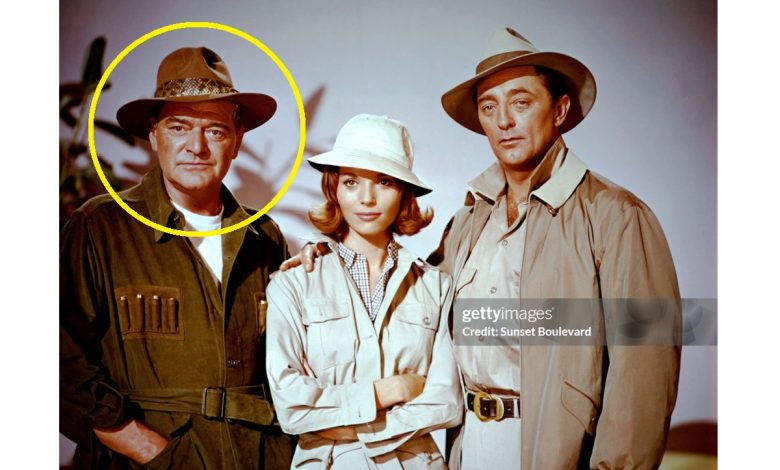
Biography of Jack Hawkins: Hawkins was born at 45 Lyndhurst Road, Wood Green, in what is now Haringey, London, the son of a builder. He was educated at Wood Green’s Trinity County Grammar School, where, aged eight, he joined the school choir.
Stay with this part of celebrities from the series of entertainment in Eternal Pen magazine.
Biography of Jack Hawkins:
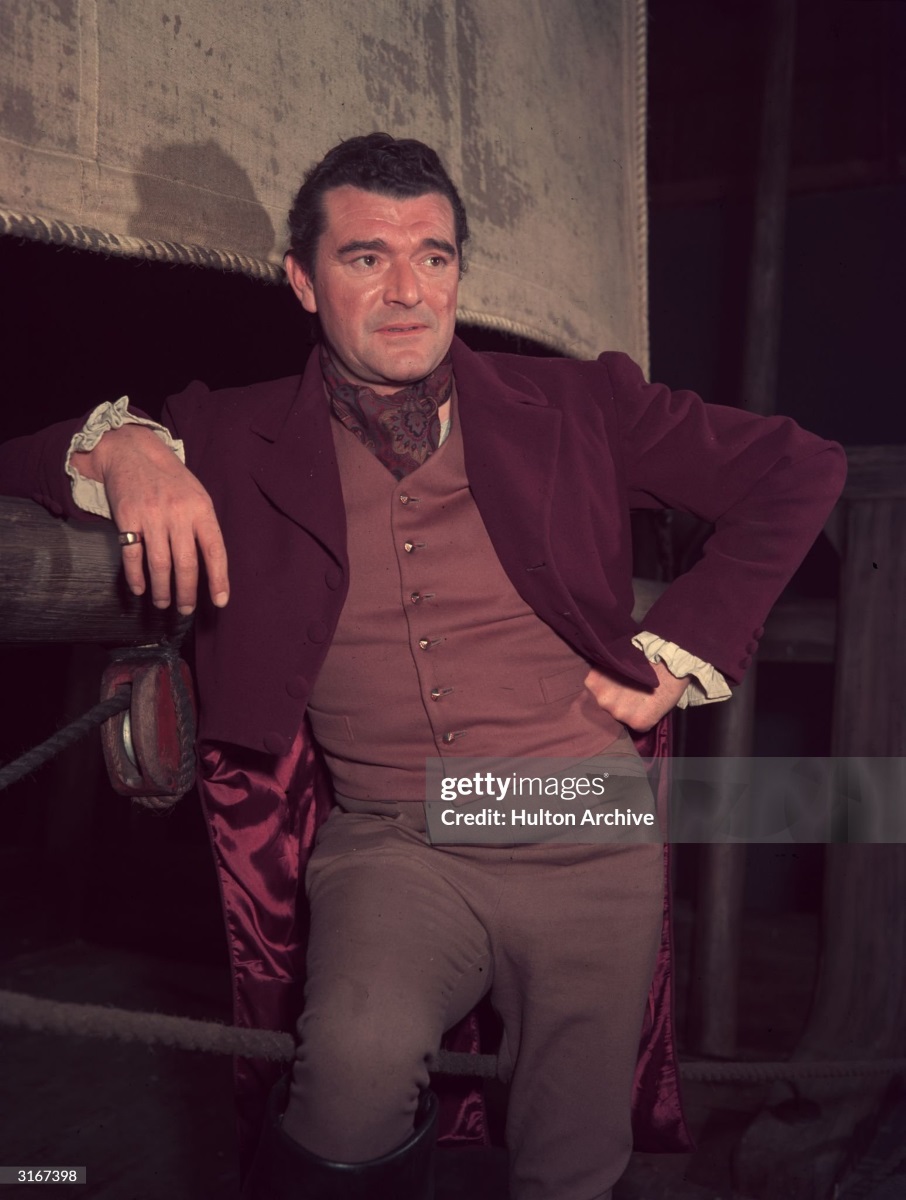
By the age of ten Hawkins had joined the local operatic society, and made his stage debut in Patience by Gilbert and Sullivan. His parents enrolled him in the Italia Conti Academy and whilst he was studying there he made his London stage debut, when aged thirteen, playing the Elf King in Where the Rainbow Ends at the Holborn Empire on Boxing Day, December 1923, a production that also included the young Noël Coward. The following year aged 14 he played the page in a production of Saint Joan by George Bernard Shaw. Five years later he was in a production of Beau Geste alongside Laurence Olivier.
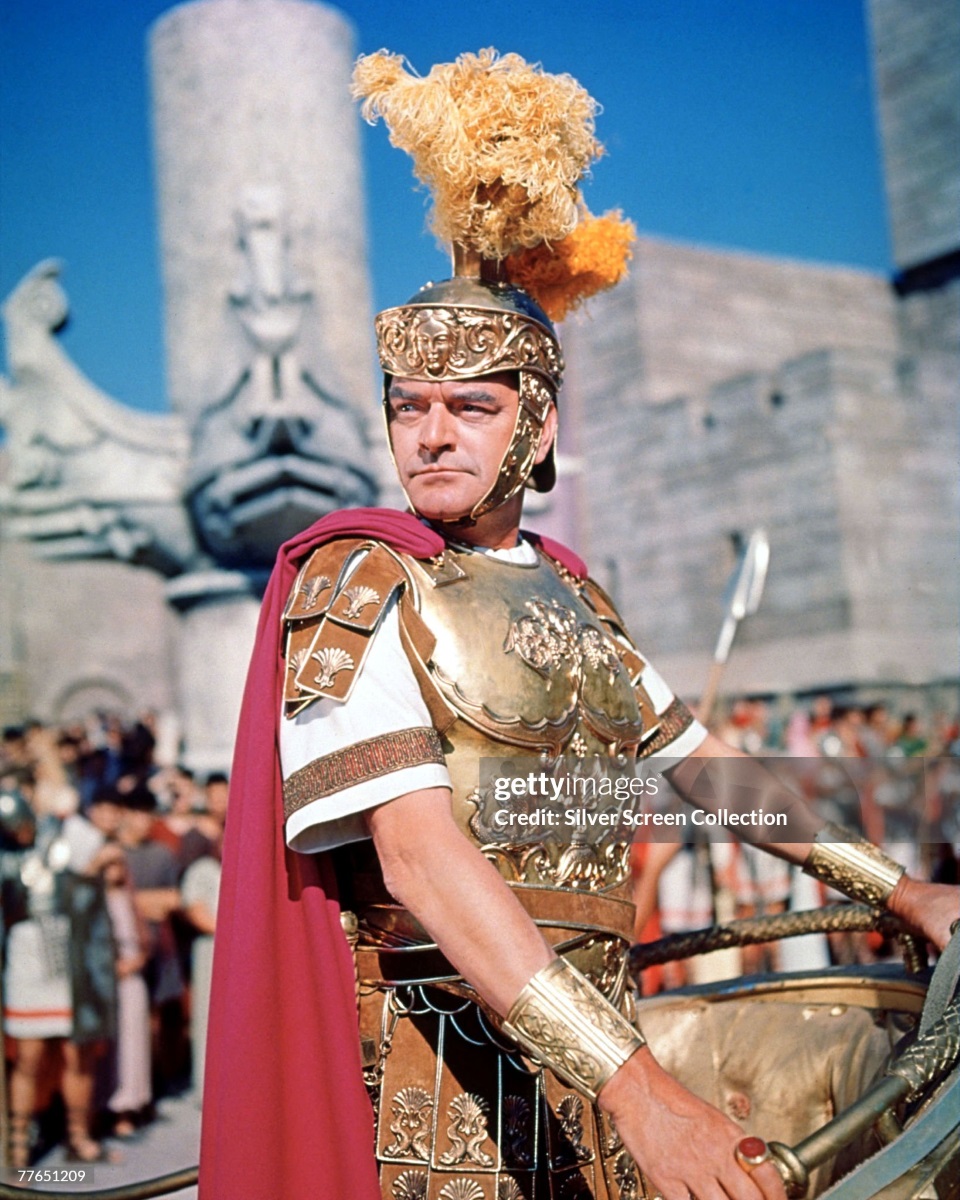
He appeared on Broadway in Journey’s End by the age of 18.
Illness
Biography of Jack Hawkins: In December 1965, Hawkins was diagnosed with throat cancer. His entire larynx was removed in January 1966. In March of that year he appeared at a royal screening of Born Free attended by the Queen and received a standing ovation.
Thereafter, his performances were dubbed, often (with Hawkins’s approval) by Robert Rietti or Charles Gray. Hawkins continued to smoke after losing his voice. In private, he used a mechanical larynx to aid his speech.
In 1967 it was reported that he would direct Peter O’Toole in St Patrick’s Battalion in Mexico but the film was not made.
Personal life
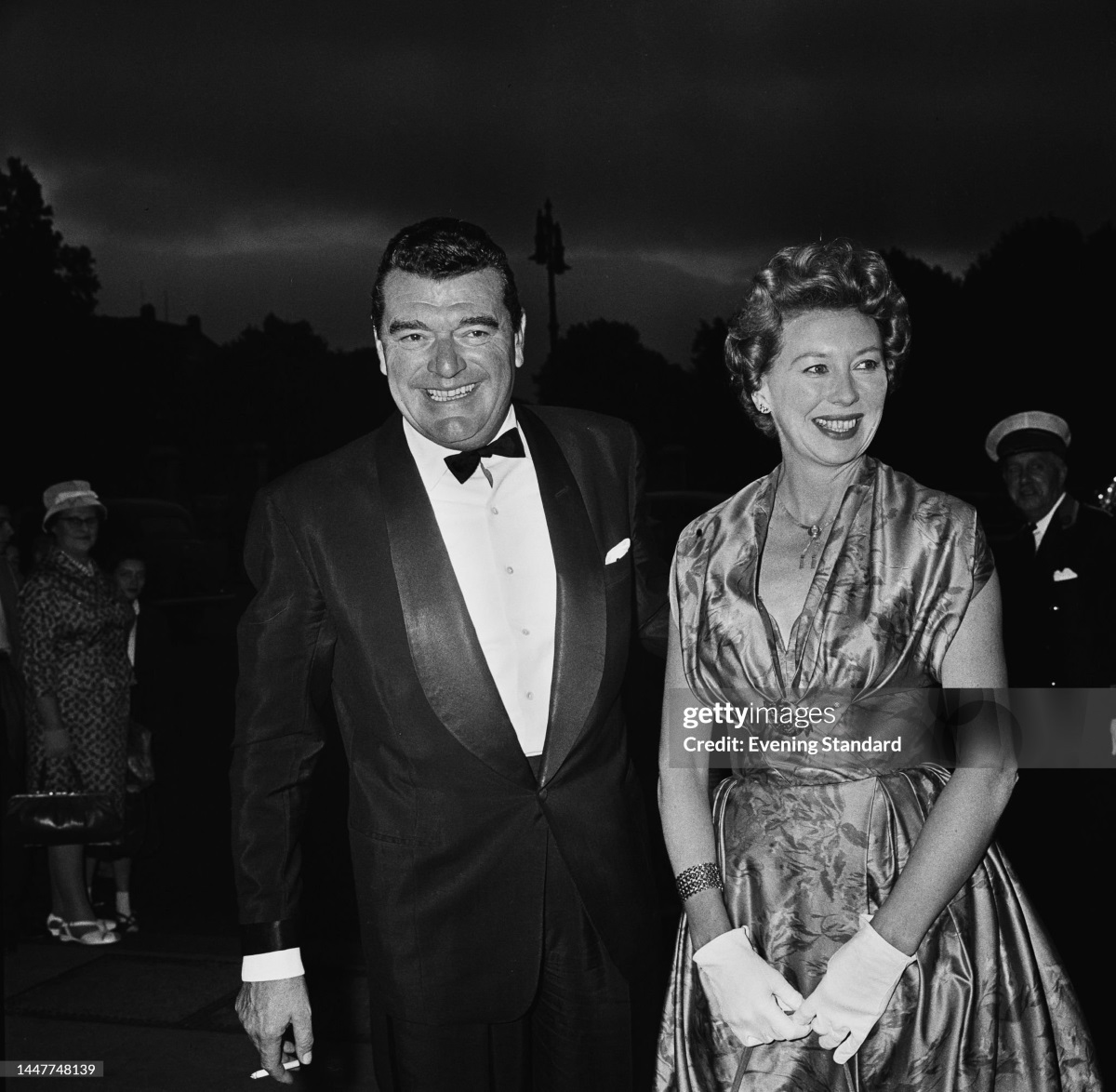
Biography of Jack Hawkins: Hawkins married actress Jessica Tandy in 1932, and the couple divorced in 1940. Together, they had one daughter, Susan Hawkins (b. 1934). In 1947, Hawkins married former actress Doreen Lawrence (1919–2013), and they remained married until his death in 1973.Together, they had three children, Caroline (b. 1955), Andrew, and Nicholas.
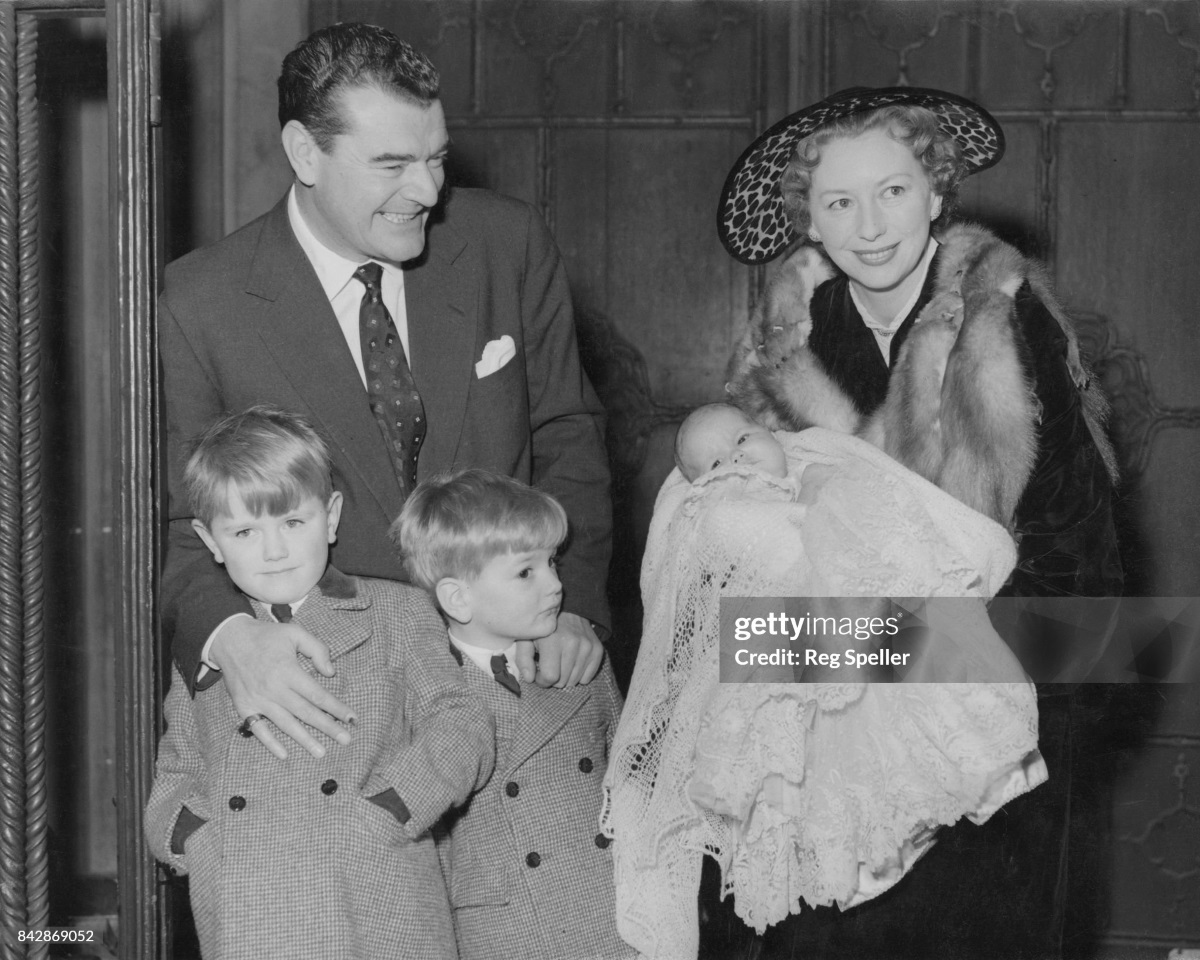
Instead he resumed his acting
Biography of Jack Hawkins: career, with his voice dubbed and dialogue kept to a minimum: Shalako (1968) and Great Catherine (1968). In Oh! What a Lovely War (1969), playing Emperor Franz Joseph I of Austria, he had no lines at all. He had an operation to restore his voice in 1968. It did not work; Hawkins could talk but only in a croaking voice.
“The fact that producers are still offering me work is a source of much gratitude to me”, he said in 1969. “I flatter myself that when they cast me in a part it’s me Jack Hawkins they want and not the person who was once Jack Hawkins… if you know what I mean. And I’m perfectly honest with anyone who hires me. I tell them exactly what they’re letting themselves in for.”
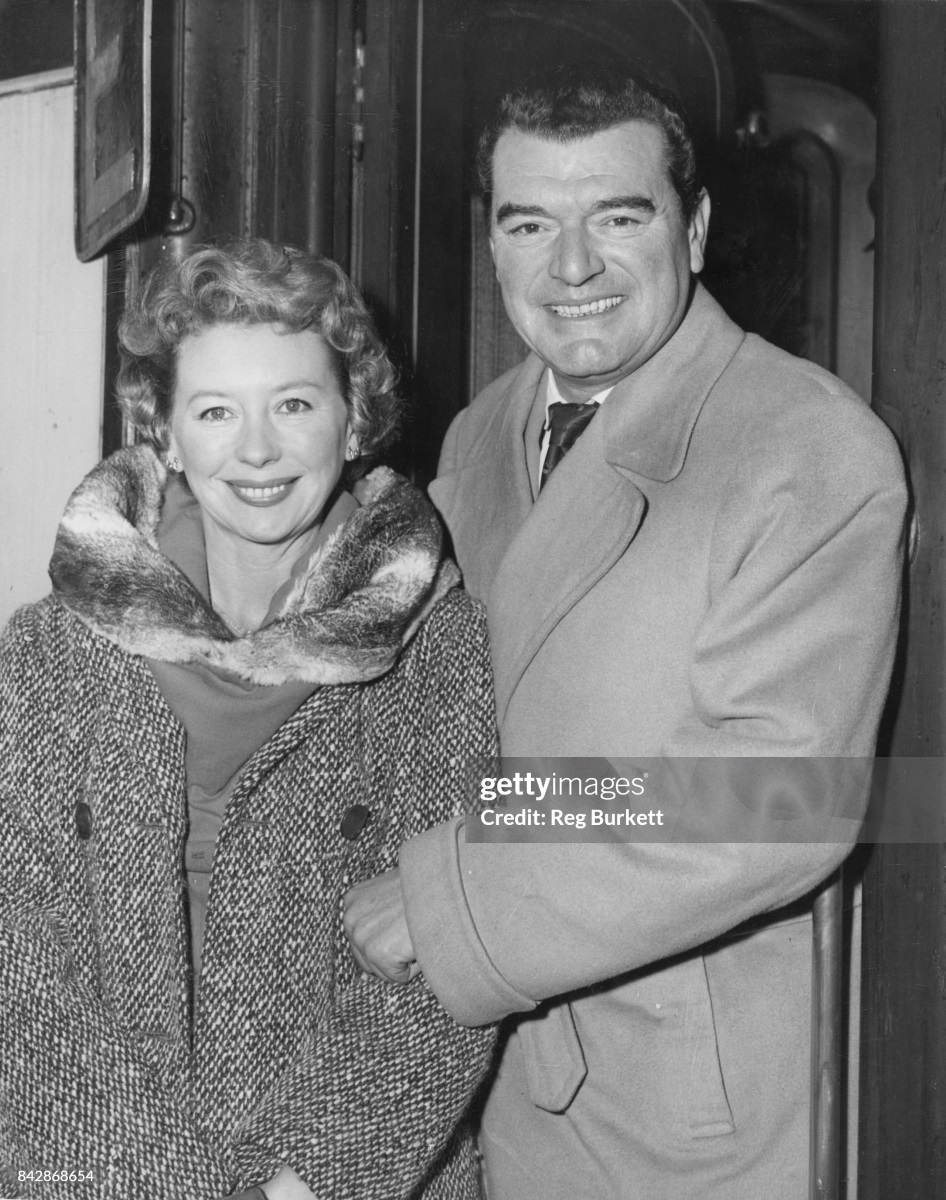
Some rare comedies followed: Monte Carlo or Bust (1969), Twinky (1970), The Adventures of Gerard (1970). There was more typical fare: Waterloo (1970), Jane Eyre (1970), The Beloved (1971), When Eight Bells Toll (1971), Nicholas and Alexandra (1971) and Kidnapped (1971).
The Last Lion (1972), shot in South Africa, offered him a rare lead. It was followed by Young Winston (1972), Escape to the Sun (1972), Theatre of Blood (1973) and Tales That Witness Madness (1973).
Hawkins also produced the film adaptation of Peter Barnes’s The Ruling Class (1972), with Peter O’Toole and Alastair Sim.
Death
Biography of Jack Hawkins: In May 1973, Hawkins had an experimental operation on his throat to insert an artificial voice box. He started haemorrhaging and was admitted to St Stephen’s Hospital, Fulham Road, London in June, forcing him to drop out of The Tamarind Seed (1974), in which Hawkins was to have played a Russian general. He died on 18 July 1973, of a secondary haemorrhage. He was 62.
His final appearance was in the television mini-series QB VII. His autobiography, Anything for a Quiet Life, was published after his death. He was cremated and his ashes interred at Golders Green Crematorium in north London.








